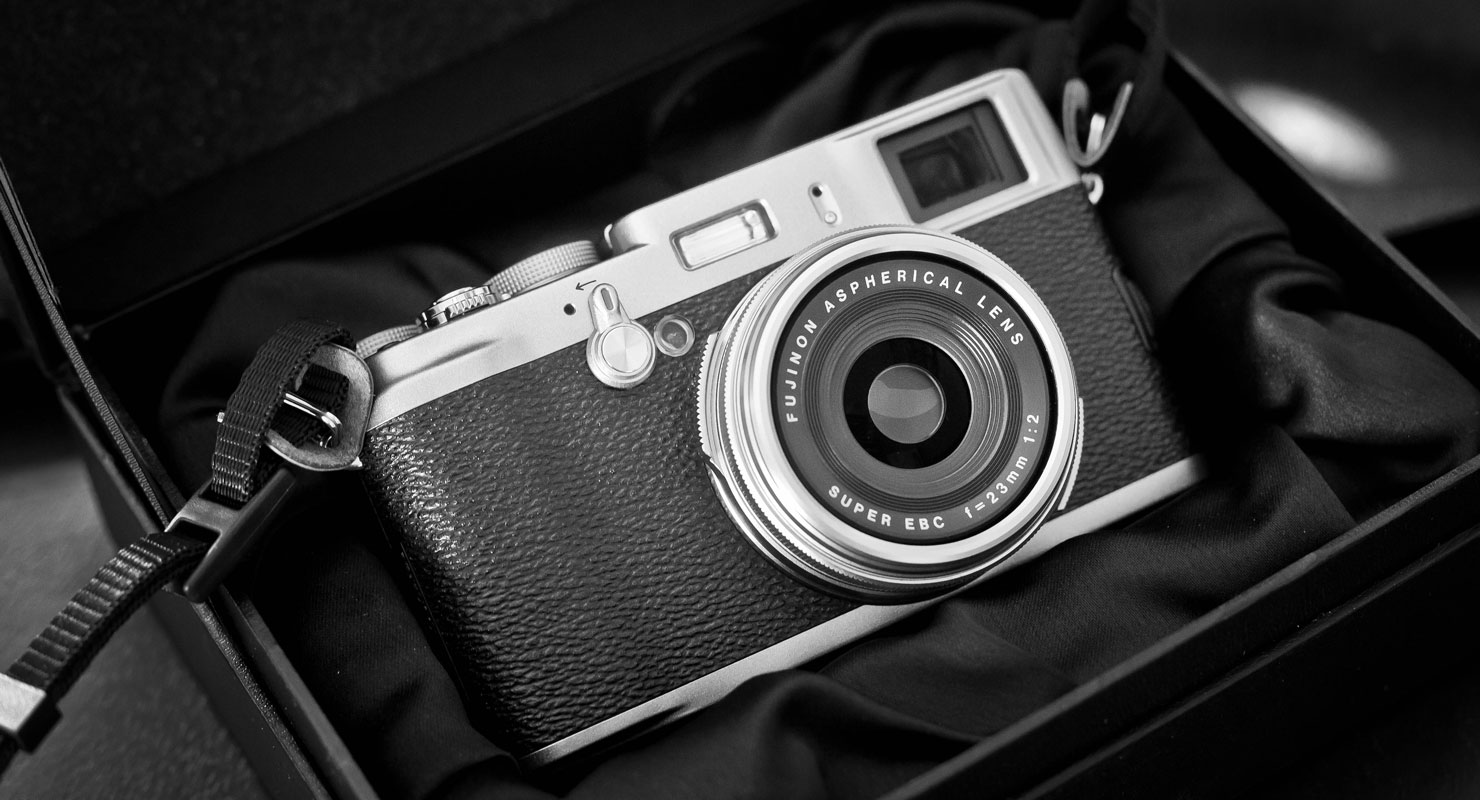When professional photographers make major changes to their equipment they don’t take the decision lightly. We depend on our gear and clients rely on us to deliver results. Apart from the significant capital expense there are the years of knowledge invested in the idiosyncratic characteristics of each camera and lens.
Humans don’t like change
The move from medium format film to digital capture was significant. I nudged clients to digital by delivering jobs concurrently on film and digital. Digital won because I was able offer a better client experience through improved quality and faster turnaround.
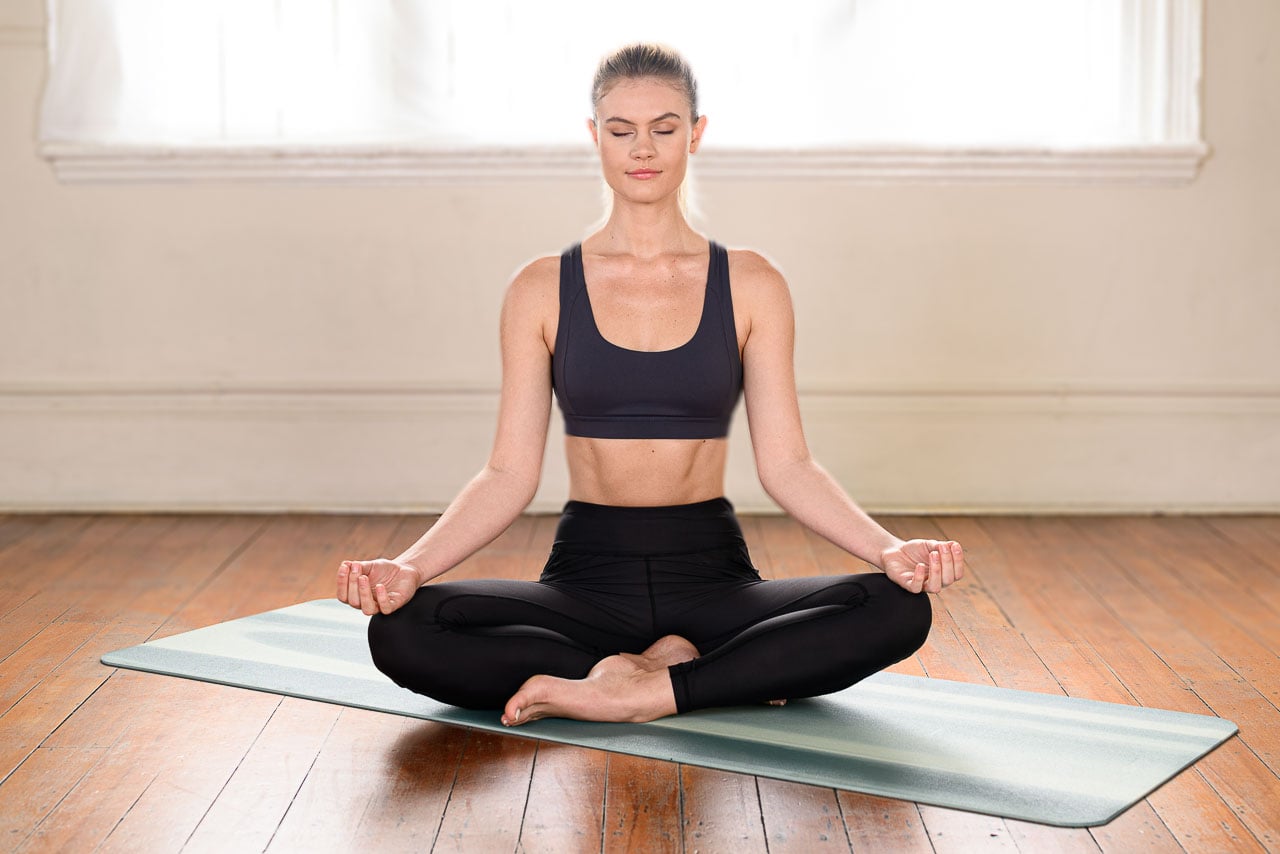
What is mirrorless?
The DSLR design harks back to 1960s SLR film cameras. A mirror reflects the image from the lens up to the viewfinder. When you click the shutter the mirror flips up out of the way to expose the film (or digital sensor).

There is no reason for a professional digital camera to act or look like a film camera except, “that’s how it has always been done”. Perhaps photographers were more willingly to accept digital because if it looked and felt like their film cameras and used the same lenses.
A decade on and camera manufacturers developed innovative new designs. Like video cameras before them they feature a digital viewfinder that displays the image live off the sensor, not via a mirror. Hence the name mirrorless.
Removing the mirror allowed a smaller form factor and improved optical designs. Ten years ago I purchased a mirrorless camera for personal work while continuing to use DSLRs for professional jobs.
Sold!
To see if they offered any benefit for me and my clients I made time to test the latest mirrorless cameras. What quickly became apparent was how the technology mentioned above meant focus can be more precise than a DSLR.
When the job required razor thin focus, especially if the subject is near the edge of the frame, mirrorless excelled.
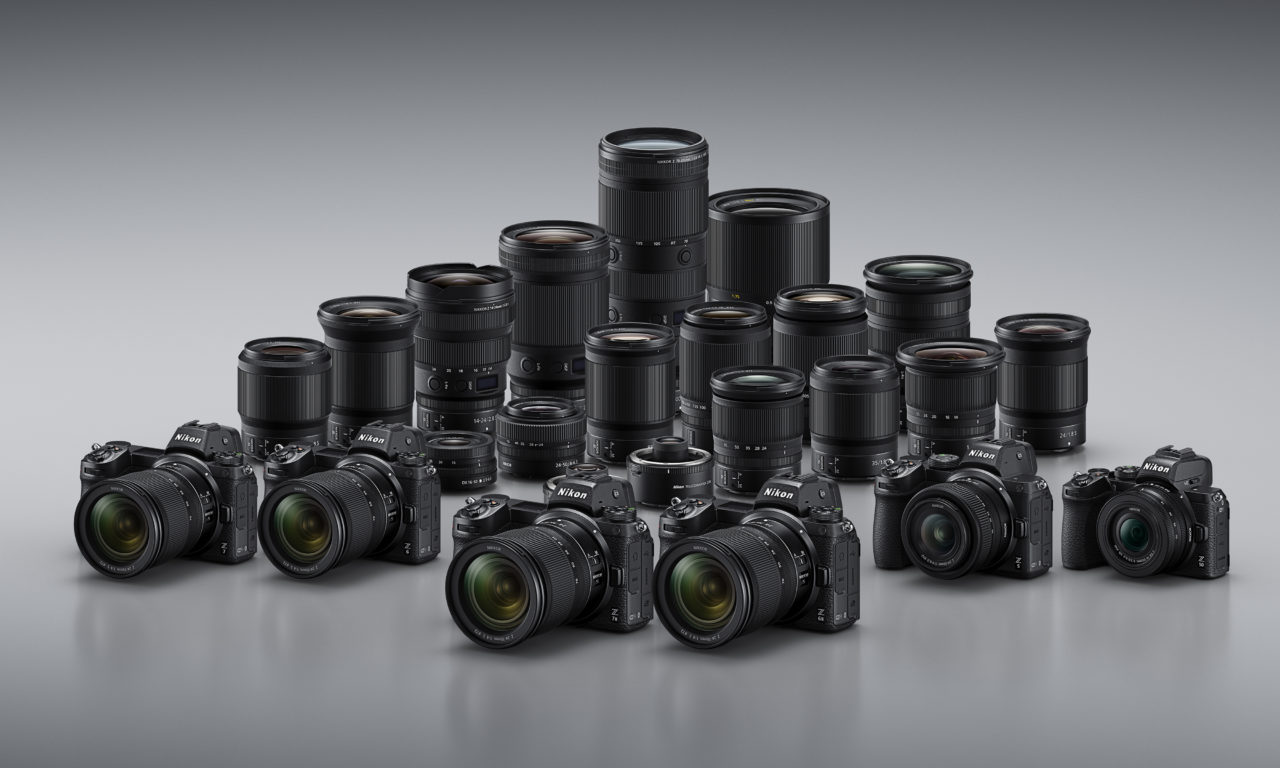
Initially I was using lenses I had invested tens of thousands of dollars in over the last decade. Trying newer lenses the improved sharpness was obvious. Replacing all my lenses I’m now able to more confidently create images for clients with razor thin focus. Just as I’ve loved doing with my personal work for years.
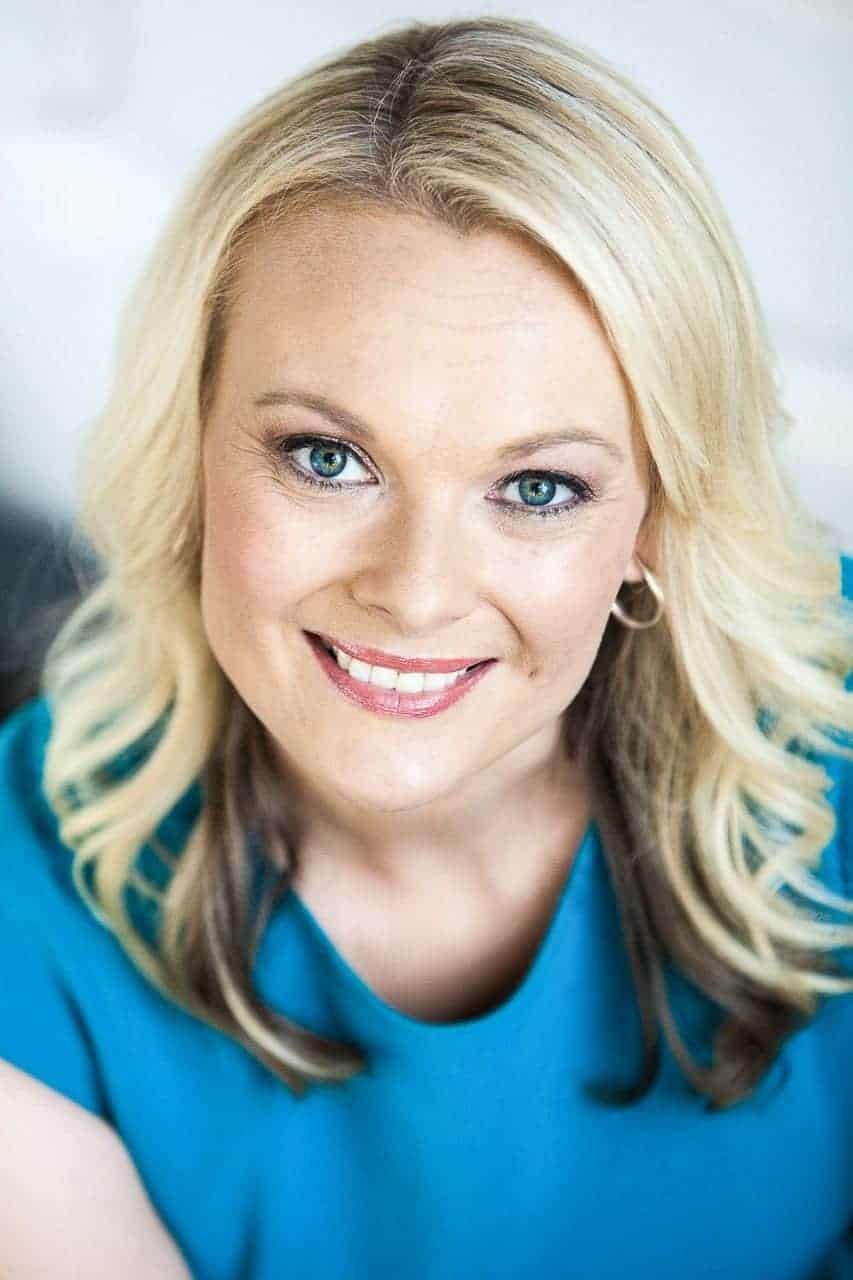
On film sets and events mirrorless cameras let me capture images silently without using a sound blimp.

These benefits come with some cost, apart from the financial expense. Mirrorless cameras introduced new challenges that require new techniques. Compared to DSLRs the viewfinder isn’t great photographing into the sun, autofocus hesitates in very low light and the sensor is more at risk changing lenses. With experience these shortfalls can be overcome.
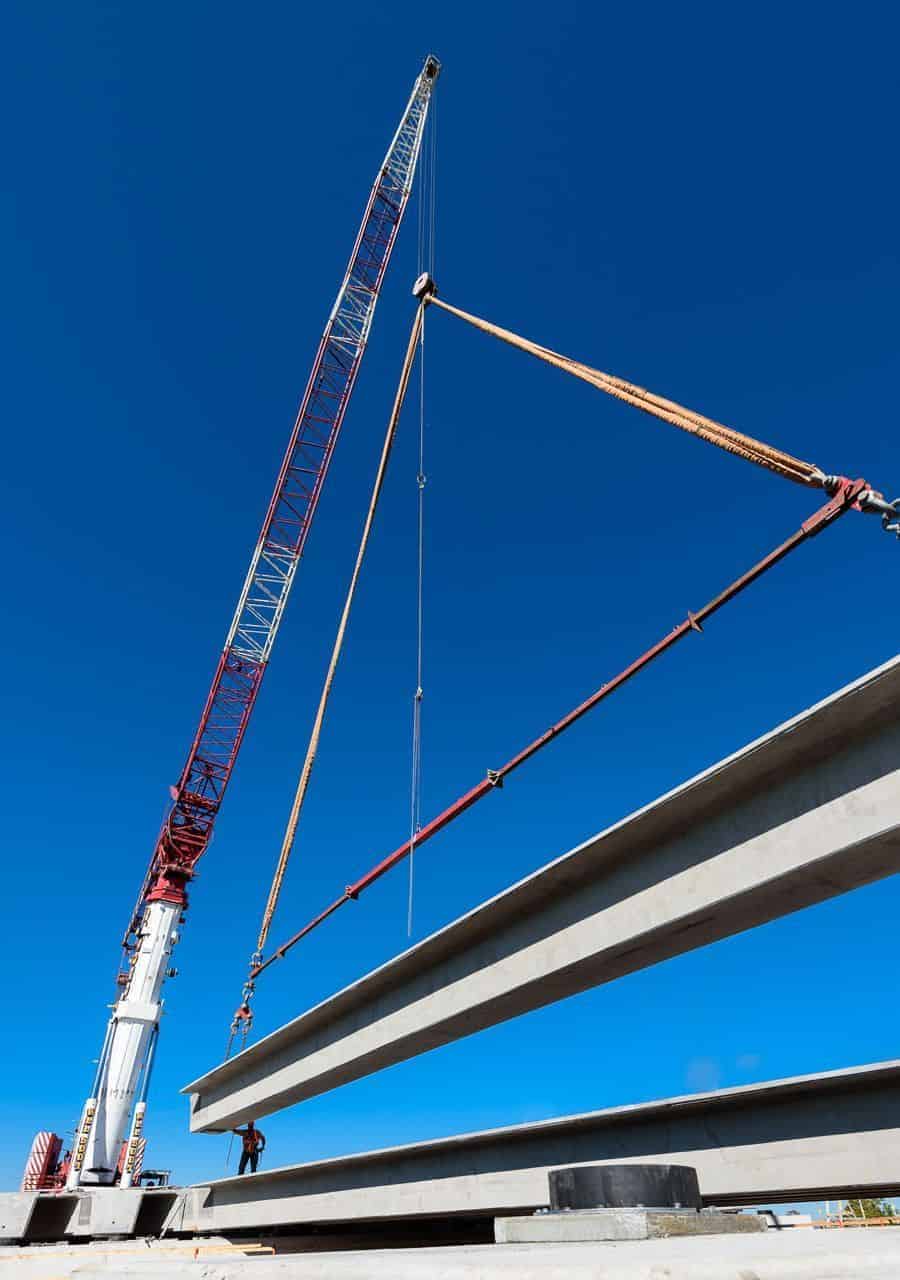
After years photographing mirrorless for myself I confidently use it with clients, who are mostly unaware I’ve even changed equipment. They see in it in the images and that’s just how it should be.
If you have any comments or questions feel free to contact me here or on Linkedin.
